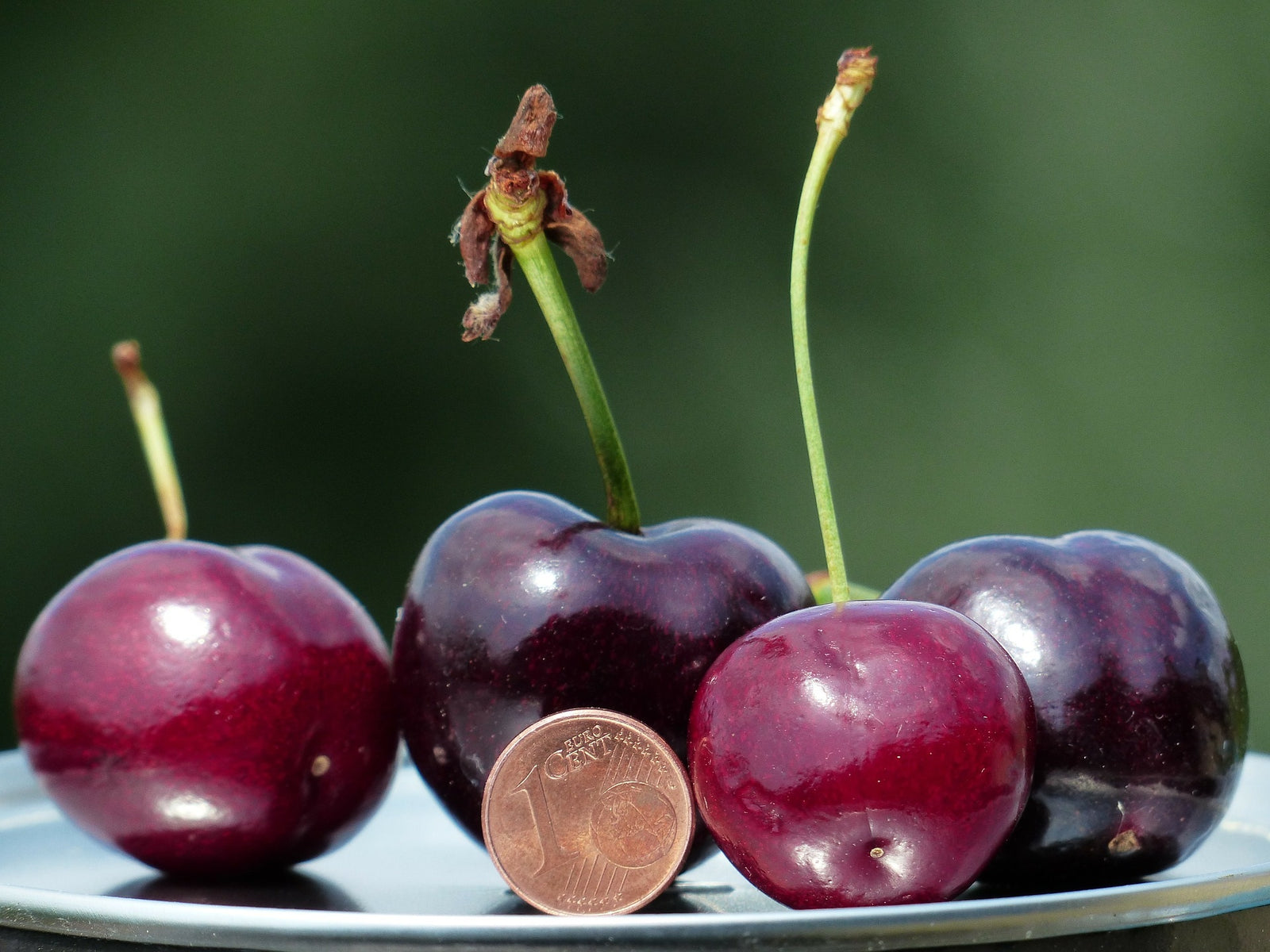Your Cart is Empty
The number one priority of Farmers, as well as many home gardeners, is to harvest healthy, tasty fruits in larger quantities and sizes. Today’s post will explore how one can achieve this goal.
The most standard way one would go about installing and growing plants at home would be to dig a hole, add garden compost, apply ‘all-purpose fertilizer’ every 2-4 months, then hope for the best. While these basic methods work, you’d be surprised how much better your outcomes can be once you pay a little more attention to B&F (Bed & Food) in the process of plant growth.
Here’s what we mean by Bed & Food and how you can care for them for more robust growth and bountiful harvest.
BED
The first thing a gardener should check is the speed of soil drainage. You cannot expect a good return from soil with a drainage issue, no matter what other methods you use. The ideal soil drainage is around 2 inches per hour on average. Anything less than 1 inch per hour is too slow. Conversely, anything more than 4 inches per hour is too fast. Slow drainage can cause diseases pertaining to rotting of the roots, while fast drainage cannot retain and provide plants with enough nutrients.
The next issue that should be addressed is the pH of the soil. This should be properly tackled before planting. If your soil is highly acidic, your plants will suffer due to mainly two possibilities: 1) a lack of some key nutrients such as phosphorous, magnesium, and calcium, or 2) a toxic level of aluminum and manganese. Alternatively, if your soil is highly alkaline, there will be a lower availability of phosphorous, aluminum, iron, and most micronutrients.
There are many suggestions out there on how to address soil drainage (in both clay and sand soil), and how to manage soil pH (limestone, wood ash for increasing, sulfur for decreasing). However, assessment and management of such issues is not an intuitive, easy feat for most home gardeners. Researching and using a confusing amount of different materials will rarely lead to the correct solution for the precise problem that you are facing. It is more effective to address soil conditions at large, and by following these simple, basic instructions that can be immediately implemented:
This is the simplest and easiest way to tackle both drainage and pH issues in soil at once.
FOOD
It is no rocket science that healthy plants make nicer looking, tastier, bigger fruits. Now what makes a plant healthy? Nutrients. So that does mean providing nutrients will grow larger fruit? No.
Plants cannot directly uptake nutrients in soils. A prime example of this is phosphorous, which exists in an insoluble form in soil. It needs to be solubilized in order for plants to be able to accept and absorb it for growth. This is where soil microbes come into the picture. Soil microbes are essential to this process, where they help solubilize nutrients for plant consumption. As a result, soil microbes are vital to nutrient availability, and thus healthy plant growth. To bring about this healthy plant growth and formation of fruit, nutrient availability needs to be increased, which can be done by reinforcing microbes inside and outside the roots:
Preservation of these microbes is critical to ensuring soil health, and it should be noted that repeated application of toxic chemicals such as weed killers will end up killing entire microbial colonies. This will diminish nutrient availability, also affecting plant health, resulting in wilting or general frailty and unhealth. In brief, chemicals should be avoided as much as possible in order to preserve helpful microbes in the soil.
There is no big secret to growing healthy, larger fruit. It requires attention and care, and this post is here to merely guide you on what you should focus some of your attention and care on. Mikrobs can help you with this process with its abundance of microbes that are essential to soil health and plant growth. Mikrobs contains over 100 billion microbes consisting of Rhizobacteria (bacillus spp), AM Fungi, Trichoderma as beneficial fungi, as well as various other supplements that provide the microbes with excellent nutrients and growing bed in the soil. Try Mikrobs for new installations, and for healthy growth and harvest. You won’t be disappointed.\

Comments will be approved before showing up.
